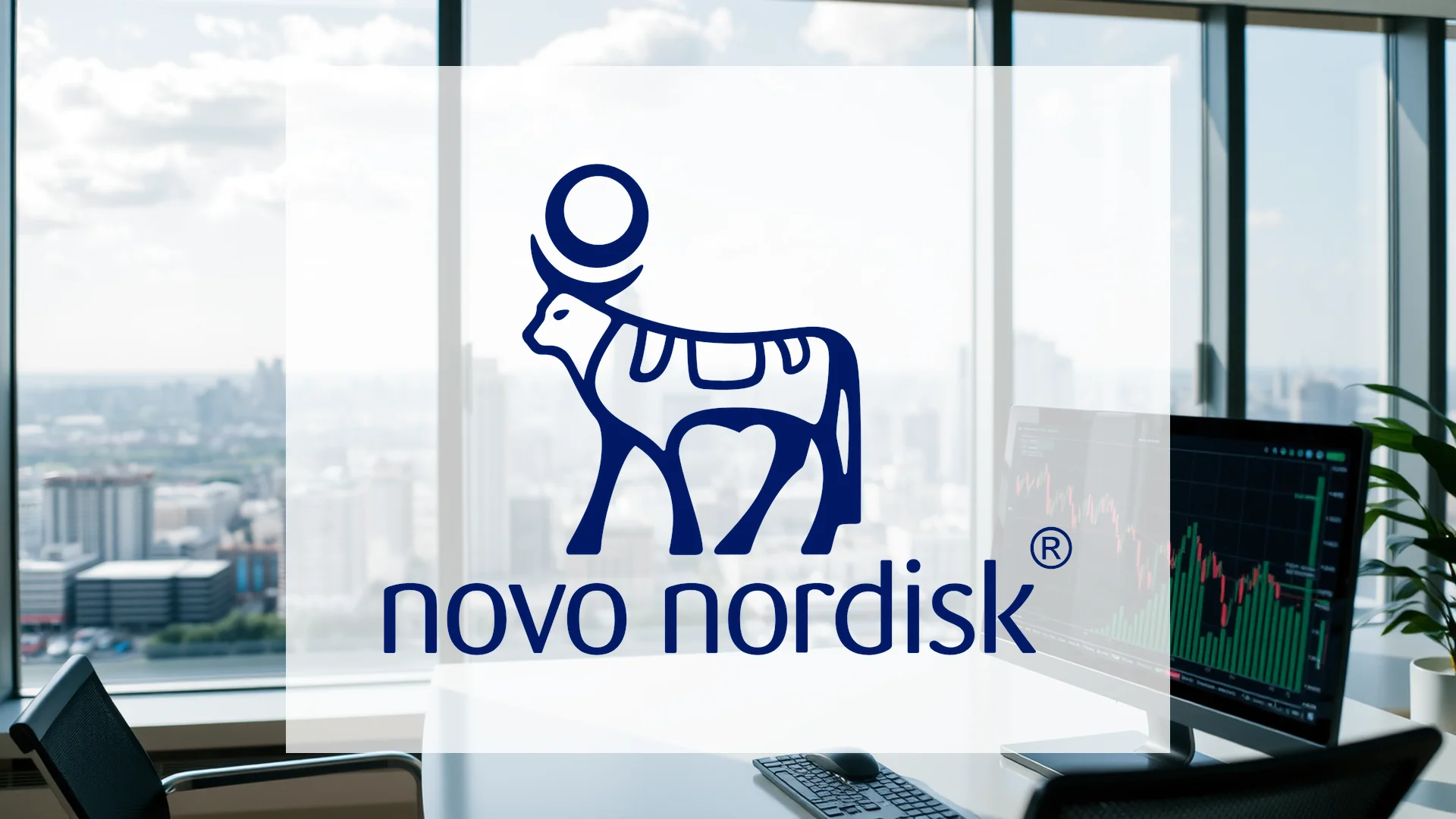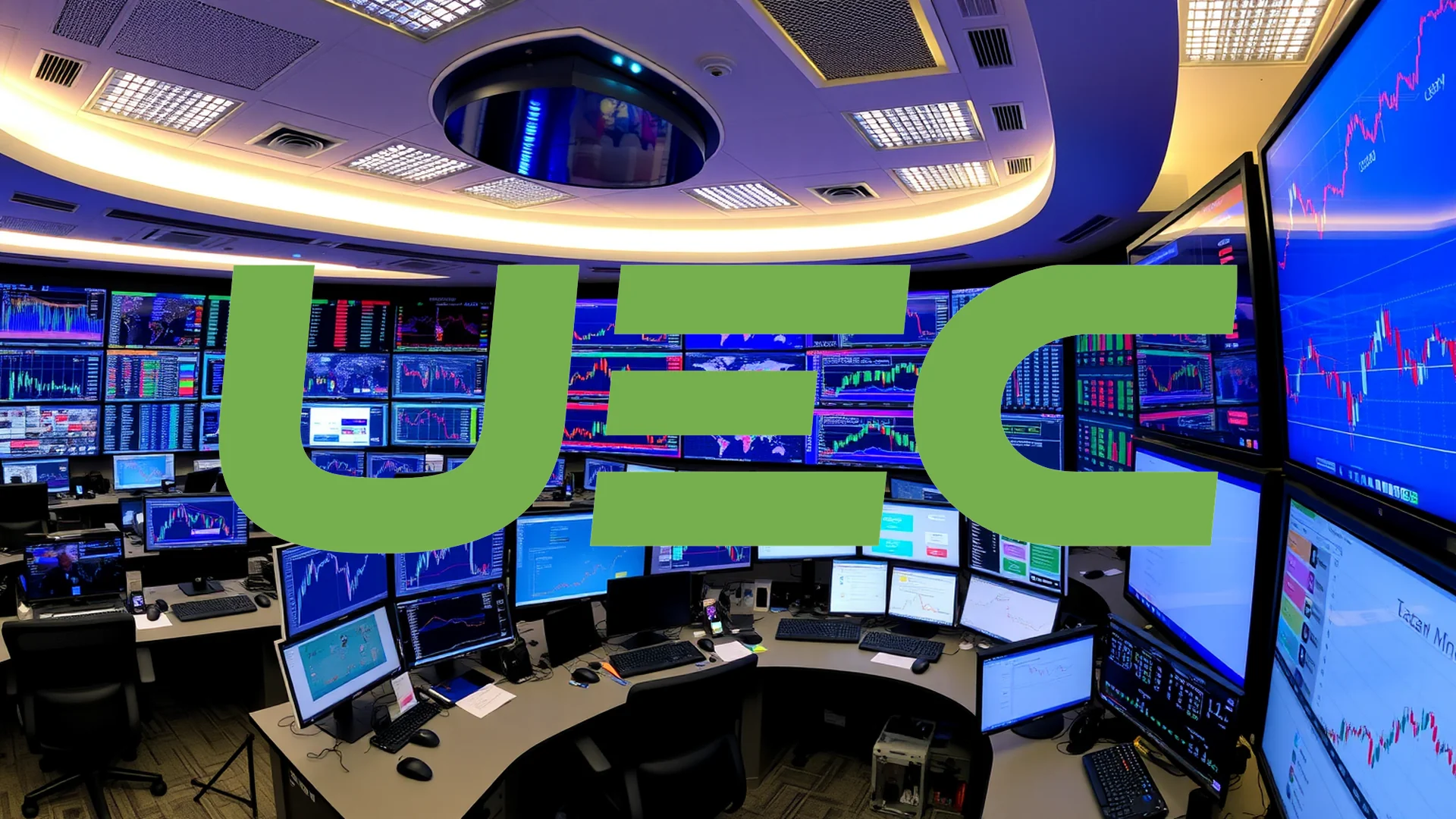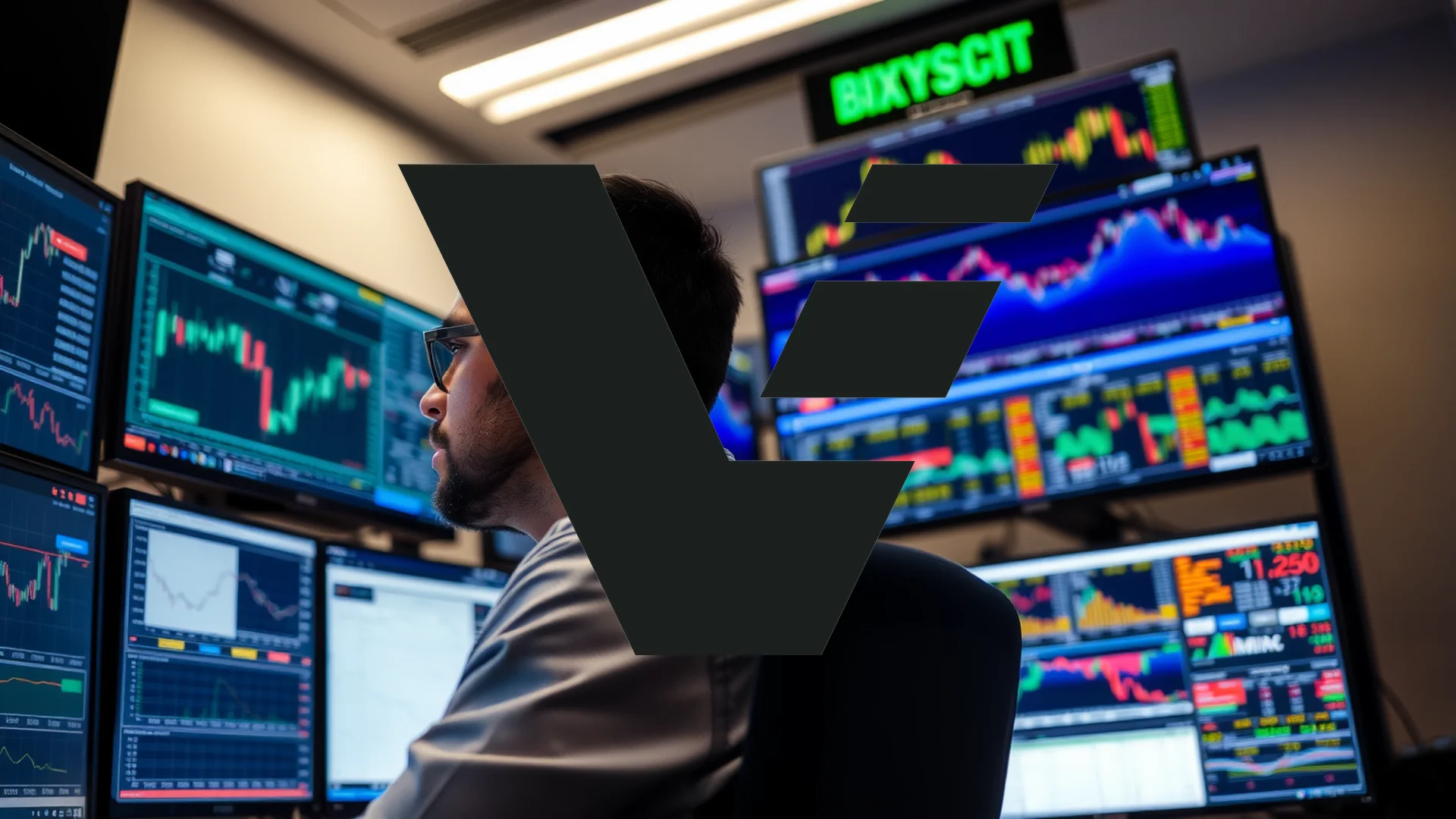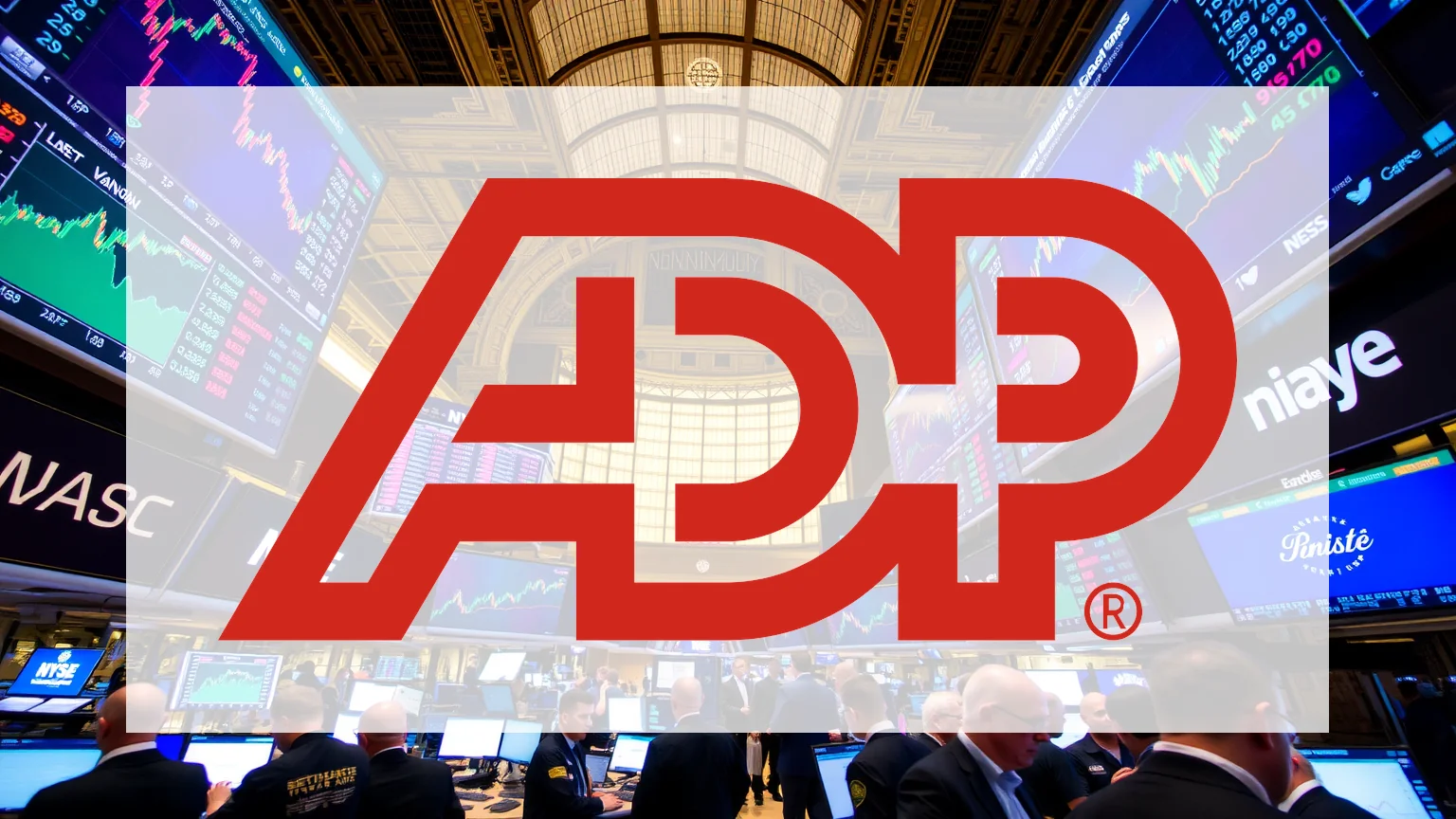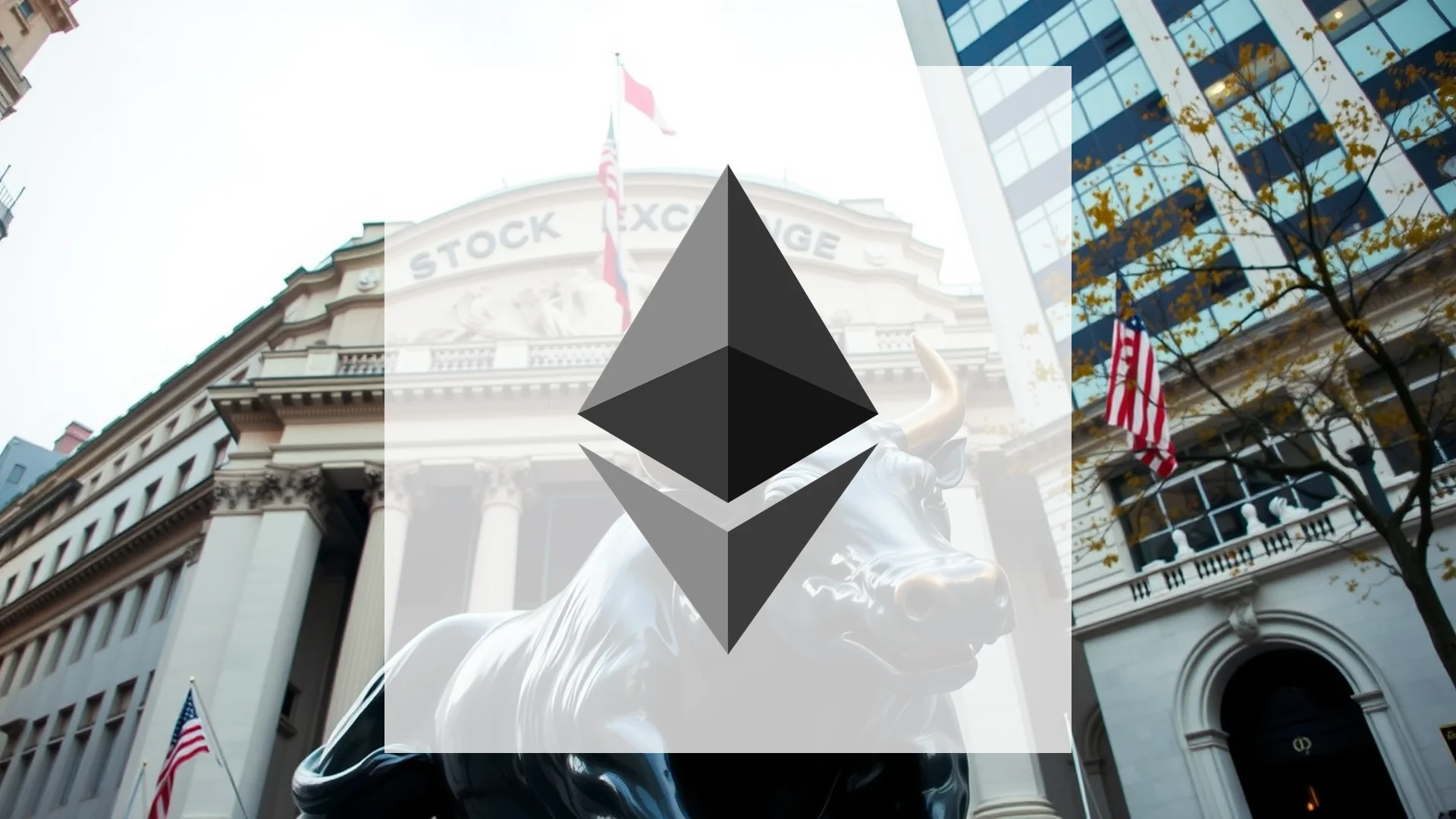Danish pharmaceutical giant Novo Nordisk has unveiled a sweeping workforce reduction plan that will eliminate approximately 9,000 positions, representing about 11% of its global workforce. This dramatic move comes as newly appointed CEO Mike Doustdar takes decisive action to address mounting competitive pressures and disappointing financial performance.
Strategic Transformation Initiative
Mike Doustdar, who assumed leadership in late July, has moved quickly to implement what the company describes as a “comprehensive transformation program.” The initiative aims to achieve annual savings of $1.25 billion by the end of 2026. The most significant impact will be felt in Denmark, where 5,000 jobs will be cut—an unusually severe reduction for the company’s home country.
The leadership transition occurred following the departure of former CEO Lars Fruergaard Jørgensen, who stepped down amid weakening business results and increasing competitive challenges. The company’s once-dominant position with its successful Wegovy and Ozempic medications appears to be facing significant headwinds.
These restructuring measures come with substantial immediate costs. Novo Nordisk will recognize one-time charges of approximately $1.4 billion in the third quarter. Additionally, the company has reduced its 2025 profit growth forecast for the third time, now projecting just 4-10% growth compared to the original guidance of 10-16%.
Competitive Landscape Intensifies
The urgency behind this restructuring becomes clear when examining competitive developments. U.S. rival Eli Lilly has now surpassed Novo Nordisk in the crucial American market, with its weight-loss injection Zepbound currently receiving more prescriptions than Wegovy. Simultaneously, the company faces pressure from more affordable generic alternatives challenging its premium products.
CEO Doustdar acknowledged these market shifts, stating: “Our markets are evolving, particularly in obesity care, where competition has intensified and become more consumer-focused.” The message is unambiguous: Novo Nordisk must adapt to new market realities or continue losing market share.
Should investors sell immediately? Or is it worth buying Novo Nordisk?
Mixed Analyst Reception
Financial markets have responded with divided opinions. While shares initially declined, they subsequently recovered to show a 3.3% gain. However, many analysts remain skeptical about the company’s strategy.
“The obesity market was misjudged,” commented Lukas Leu, portfolio manager at ATG Healthcare. He suggested that cost-cutting measures alone may prove insufficient to restore investor confidence.
The stock continues to face substantial pressure, having lost nearly half its value since the beginning of the year. From its 2024 peak market capitalization of $650 billion, the company’s valuation has declined to approximately $181 billion.
Future Prospects and Pipeline Development
Despite these challenges, Novo Nordisk is pinning hopes on its development pipeline. The most promising candidate, CagriSema, is scheduled for regulatory submission in 2026. Concurrently, the company is investing $4.1 billion in a new manufacturing facility in North Carolina to address chronic supply constraints for Wegovy and Ozempic.
The critical question remains whether these efforts will position Novo Nordisk to effectively compete in the projected $100 billion obesity therapy market by 2030. The next significant test will come on November 5th, when the company releases its quarterly earnings report.
Ad
Novo Nordisk Stock: Buy or Sell?! New Novo Nordisk Analysis from December 15 delivers the answer:
The latest Novo Nordisk figures speak for themselves: Urgent action needed for Novo Nordisk investors. Is it worth buying or should you sell? Find out what to do now in the current free analysis from December 15.
Novo Nordisk: Buy or sell? Read more here...

